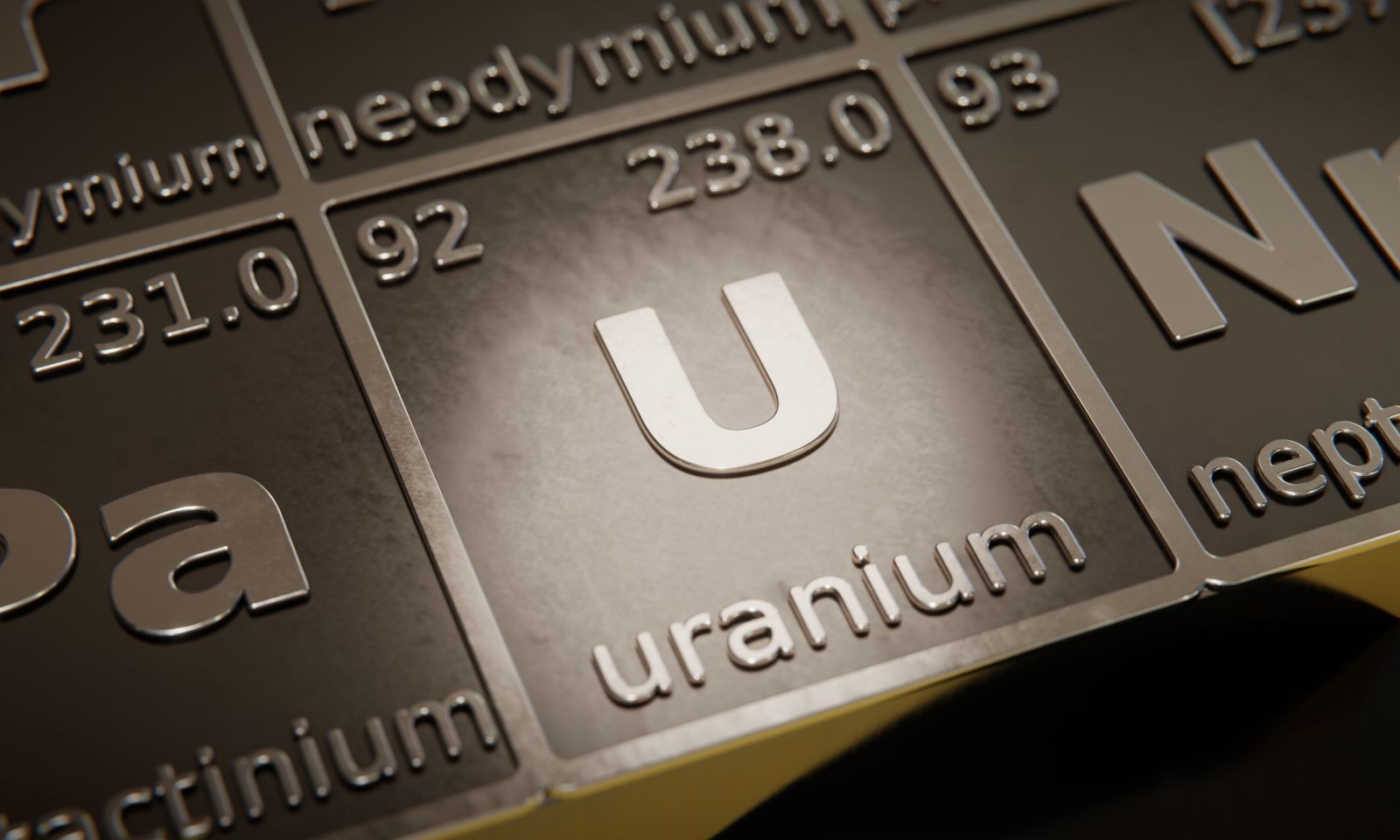
Is Uranium Finally Back?
It's been a long time since we saw an uranium bull market. The last one started in 2006 after a rockfall in the underground production area of Cameco’s (CCJ) giant Cigar Lake mine caused a flood, and production had to be suspended.
The news of the shutdown in production caused a supply deficit and saw prices explode from the low $30 levels to as high as $140 – a more than 400% increase!
The Death of the Last Uranium Bull Market
Cameco was, at the time – and still is – the world's largest publicly traded uranium company. Cigar Lake still is the world’s second largest high-grade uranium deposit, trailing only Cameco’s McArthur River mine.
The effect the Cameco disaster had on the industry was unprecedented. Many unprofitable uranium miners became hugely cash-generative businesses, and a mad rush was ignited into the sector with waves of speculative money flooding in, buying up uranium stocks.
But, like every mania, it came to a nasty end. The prices of uranium were already cooling off, but it was the Fukushima nuclear disaster in Japan in 2011 that put the nail in the coffin of the last uranium bull market.
Following Fukushima, funding for uranium exploration and development completely evaporated. As a result, there’s been a grand total of zero new mines coming online since the last uranium bull market.
The New Uranium Bull Market
The uranium spot price traded well below the cost of production for many years. It took more than a decade for things to turn around. But eventually, excess supply of uranium was worked off and, in 2021, we saw the first green shoots for the industry.
The Sprott Physical Uranium Trust (SRUUF) was set up. It takes the money it receives from investors, and then buys up uranium in the spot market and stores it.
This was huge because it took the uranium off the market that was depressing the price. This matters because the uranium spot price needs to be well above $60 per pound in order to bring existing uranium mines back into production, and to make it economically viable for new projects to be developed.
The really good news currently is that, while supply is decreasing, demand is increasing.
China’s new five-year plan means there will be a 40% increase in nuclear capacity by 2025. Overall, there are 56 nuclear reactors under construction globally.
And of course, there is Russia's invasion of Ukraine that caused market players to assess risks of the supply of nuclear fuel amid the current geopolitical environment. This comes amid announced plans by many countries to increase nuclear power capacity to strengthen energy security.
Congressional committees approved two bills to ban the import of Russian uranium, aligning with many European utilities that have voluntarily shunned Russian supplies. The developments pressed imports from the top producer of enriched nuclear fuel, totaling nearly half of world capacity, and placing pressure on the capacity of scarce Western converters and enrichers.
The U.S. relies on Russia, as well as Kazakhstan and Uzbekistan, for roughly half of the uranium powering its nuclear plants - about 22.8 million pounds in 2020 - which in turn produce about 20% of U.S. electricity, according to the U.S. Energy Information Administration and the World Nuclear Association.
All of this comes at a time when the U.S. Energy Information Administration (EIA) reports that, at the end of 2022, unfilled uranium market requirements for 2023 through 2032 totaled 179 million pounds for U3O8e (triuranium octoxide). These contracted deliveries and unfilled market requirements combined represent the maximum anticipated market requirements of 402 million pounds U3O8e over the next 10 years for utilities.
Cameco: Still the Leader
That is music to the ears of Cameco, and its management, which is following a very smart strategy.
It is satisfying demand by buying up uranium in the spot market rather than producing it from its own mines at low production levels. The company wants to save its reserves for when prices are higher. This is clever, as not only does it help move excess supply from the market, but it does so by using cheap supply and not its own.
Cameco has a long-term diversified portfolio of contracts with customers globally, with an average of 26 million pounds per year over the next five years in sales. More than 215 million pounds of uranium and 70,000 metric tons of uranium hexafluoride (UF6) conversion are under long-term contracts.
Global sentiment towards nuclear energy has changed. With demand outstripping supply, once the excess supply of uranium is mopped up from the market, then the price will start to move above the crucial $60 a pound level. Uranium prices are currently above $56 per pound, having eased a bit from the 14-month high of $57.75 in the second week of June.
And there is an almost forgotten catalyst for uranium. . . Kazakhstan, which provides more than 40% of the world’s uranium. Last year, unrest in the country caused the uranium price to rise and uranium stocks to rally on the possibility of there being disruption to supply.
Cameco's stock is already up nearly 50% over the past year and over 35% year-to-date. There is likely much more to come. I believe its stock is a buy anywhere in the low 30s or below.








